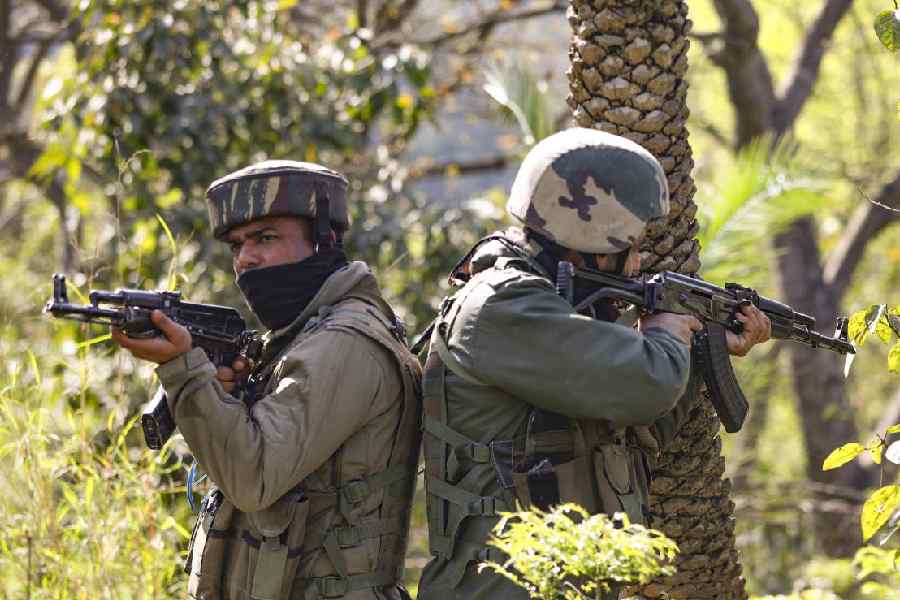
Shillong, July 13: The Co-ordination Committee on International Border today reiterated the need to fence the India-Bangladesh border from zero line.
It also asked both the central and state governments to first complete the realignment of the international border between India and Bangladesh in Meghalaya.
The demand of committee came close on the heel of the Centre's decision in this regard.
Yesterday, a meeting of the home ministry held in New Delhi with senior officials of five border states - Assam, West Bengal, Tripura, Meghalaya and Mizoram - and reviewed the situation in the light of heightened threat perception of infiltration.
The issue related to fencing of the India-Bangladesh border was discussed along with civil and police administration matters such as non-registration of FIRs in some states, arrest and investigation, chargesheet and conviction in border crimes, problem of forged identity cards, cattle smuggling, cultivation of poppy in border areas, cross border terrorism and smuggling.
After the detailed discussions, a number of decisions were taken, including fencing of the border.
To enhance security along the international border and to mitigate the problem of Indian villages located between fence and border, it was decided that the border fence would be shifted towards the zero line to bring Indian villages within the fence.
The respective state governments were asked to expedite land acquisition for border infrastructure work.
Reacting to the government's decision, committee member Daniel Khyriem told The Telegraph that its stand from the beginning was to fence from zero line but only after realigning the international border.
"We are not opposing border fencing, but the stand of the committee and the people residing along the border was to first realign the international border between India and Bangladesh located in the Khasi and Jaintia region," Khyriem said.
He said all these years the government was pushing hard to set up the barbed wire fencing 150 yards away from the zero line, which cannot be accepted since the border between India and Bangladesh in the Khasi and Jaintia hills was "imaginary" and not "real boundary".
Khyriem said after the realignment of the international border, the next step for the government is to erect the border pillars. "After erecting the pillars, the government can start the process for constructing the fence from zero line."
The committee, however, maintained all these required processes should be followed by the government by taking the border people into confidence.
"We want not only villages but all the land to be inside and not outside the border fence," Khyriem added.
The committee is a conglomerate of several organisations, including the Khasi Students' Union, Federation of Khasi Jaintia and Garo People, Hynniewtrep National Youth Front, Federal Council of War Mihngi and War Jaintia, landowners and village heads from areas along the border. It has been opposing the 2011 Protocol (to the Land Boundary Agreement of 1974) signed between India and Bangladesh during the visit of former Prime Minister Manmohan Singh to Bangladesh in September 2011.
The land boundary agreement was signed between India and Bangladesh during the visit of Prime Minister Narendra Modi to Bangladesh in June 2015.
The agreement was also ratified by Parliament.
India and Bangladesh share a 4,096km land boundary covering West Bengal, Assam, Tripura, Meghalaya and Mizoram.
Residents in the Khasi and Jaintia hills in Meghalaya rejected the land boundary agreement signed between India and Bangladesh on the ground that it has led to losing about 579 acres of the state's land to Bangladesh.
The committee refused to accept the theory of the Land Swap Agreement, which claimed that Meghalaya will get 240.5 acres and 41.7 acres will go to Bangladesh.
The committee said, "In reality, the total land under adverse possession from border pillars number 1251 to 1299 (excluding the Ratacherra area) in Meghalaya sector is 559.7 acres."











